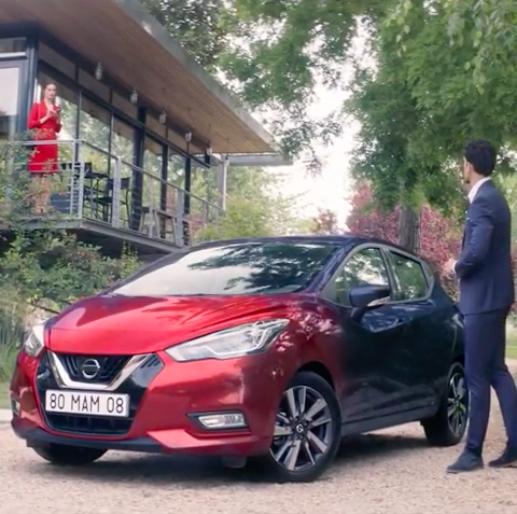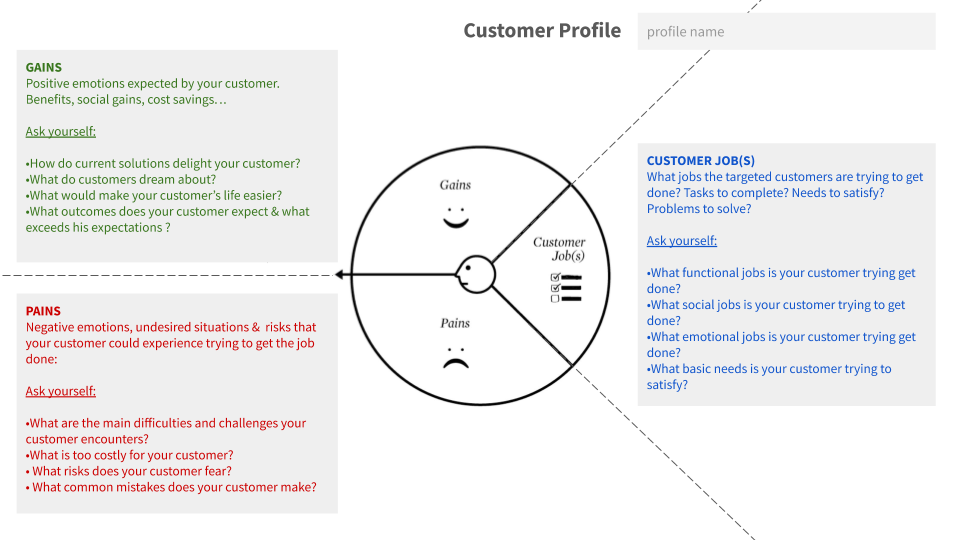
And the car turned red – An innovation story at Nissan
Every year, Nissan Europe runs a competition called the Chairman’s Innovation Awards. It is open to all employees who want to propose new ideas for Nissan. A few years back,…
Continue Reading And the car turned red – An innovation story at Nissan



